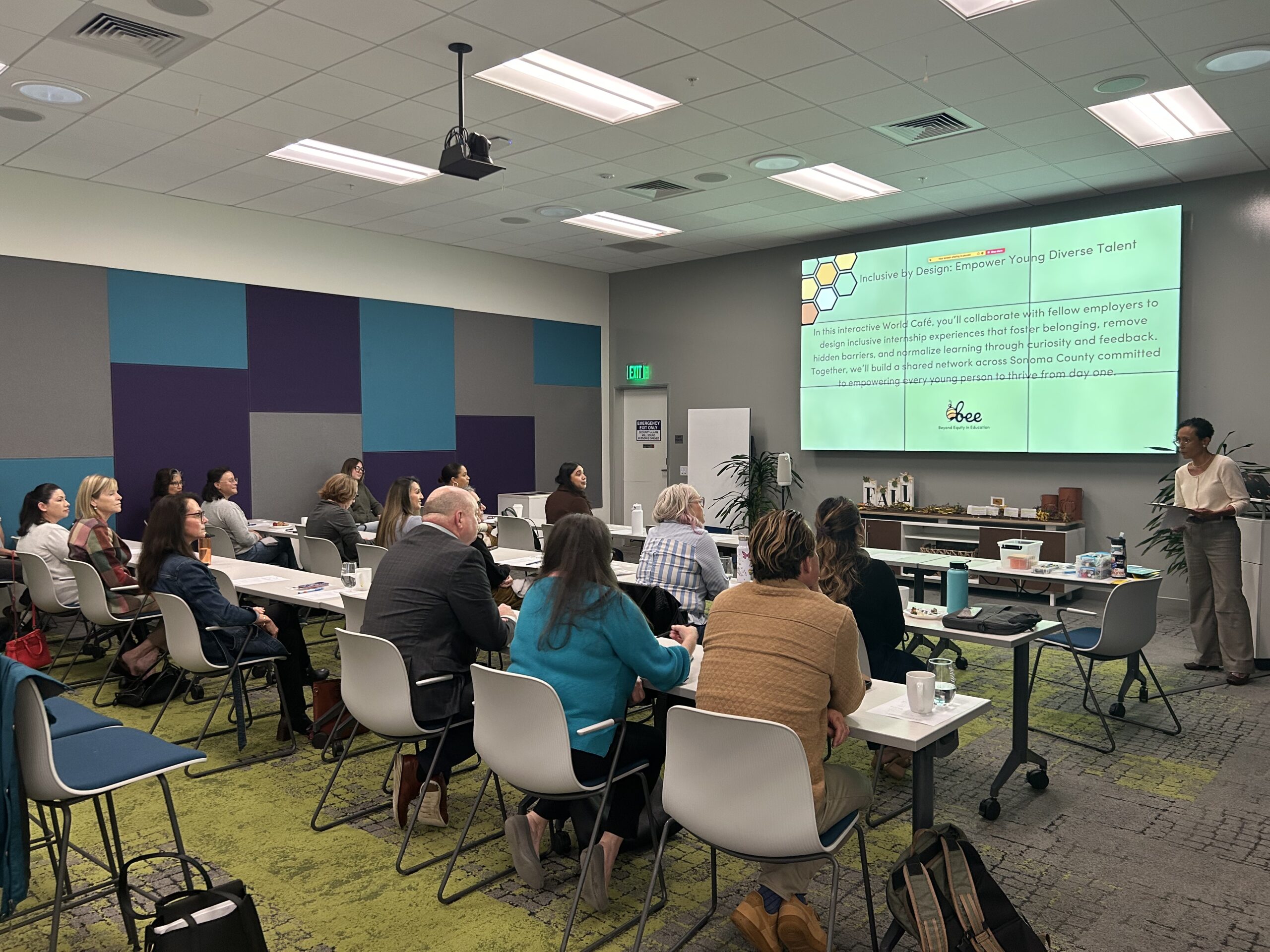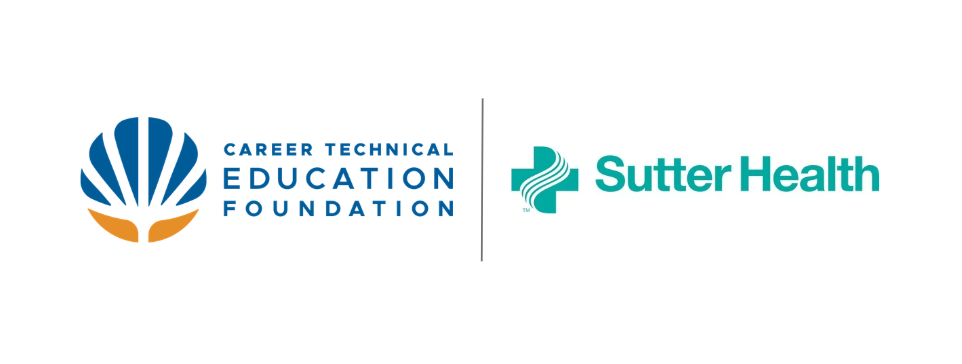On November 7, 2025, in partnership with Beyond Equity in Education, CTE Foundation hosted Inclusive By Design, a workshop for employers and mentors focused on creating internships where all students feel welcomed, supported and empowered to thrive.
Internships are powerful tools for helping students explore careers, gain real-world skills, and discover their purpose – but only when students feel included and valued. To support employers, we developed Five Key Strategies for Inclusion and Belonging that make internships more meaningful for every student.
Five Key Strategies
Five Key Strategies for Inclusion and Belonging
Strategy | Description & Rationale |
1. Center the Intern’s Voice and Experience | Ask open-ended questions to learn about the intern’s life, passions, and goals outside of school and work (“Tell me about yourself as a person,” “What do you want to contribute?”). Listen intently to their answers, honoring their social capital and lived experience. Design projects collaboratively based on their interests and comfort level to ensure immediate, meaningful contribution. |
2. Normalize and Model Vulnerability | Be the first to share your own “mistakes” and failures as learning opportunities—this is a key element of building a safe-to-fail culture. When giving feedback, leaders should also be open to receiving feedback from the intern, demonstrating that learning is a two-way opportunity and modeling a culture of “repair” if a conversation goes wrong. |
3. Build Intentional Personal Connections | Move beyond task lists in early check-ins. Implement the “I don’t care for what you know, until I know that you care” principle. Regular 1:1 check-ins (1-4x per week) should begin with: “What do you need to be successful?” or “How are you?” before discussing tasks. Acknowledge and discuss potential non-monetary barriers like the commute. |
4. Prioritize Peer and Identity-Based Support | Pair up the intern with a peer (another intern or a young staff member) or, where possible, with someone who shares their background or identity (“someone who looks/sounds like them”). This helps the intern see themselves in the workplace, provides a safe outlet for venting, and quickly builds social connections and a sense of belonging. |
5. Provide Radical Clarity on “How We Work” | Do not assume baseline knowledge of office norms and technology. Be explicit about communication channels (e.g., “We use Teams for quick questions and email for formal requests”), calendar management (“Here’s exactly how to accept an invite”), and basic software (like Microsoft O365/Google Workspace training). This clarity removes immediate access barriers and allows them to participate fully without anxiety. |
The Inclusive Onboarding Checklist
This checklist focuses on actionable steps to operationalize the key strategies.
Before Day One: Preparation for Inclusion
- Identify and Brief Mentor: Assign a direct supervisor/mentor and ensure they understand the commitment to a two-way learning experience and creating a safe-to-fail culture.
- Ready the Workspace: Ensure the intern has a dedicated, well-lit, and visible workspace. Avoid putting them “in the corner/in a dark room.”
- Technical Access Check: Set up all necessary accounts (email, Slack/Teams, O365/Google, software) and test them before the intern arrives.
- Team Introductions: Send an introductory email to the entire team/relevant departments with the intern’s name and start date, encouraging positive, welcoming interactions.
- Prepare Information Packet: Compile an orientation packet including an organizational chart, basic organizational history/mission, and key points of contact.
- Pre-Internship Communication & Logistics: Send a final confirmation email that clearly states the start date, time, and exact location. Include dress code guidance (e.g., “Business Casual”) and instructions for any required HR/administrative paperwork.
- Transportation and Access Confirmation: Acknowledge the commute by confirming how the student is arriving, where they should park/check-in, and whether there are any stipends or resources (like transit passes) they need on Day One.
Day One: Connection and Clarity
- Focus on the Person (First Hour): Do not discuss work or school immediately. Use humor. Ask questions like, “What do you do outside of school?” or “What do you enjoy doing?” to connect with them as a person.
- The “Why” and “How”: Review the internship purpose, goals, and explicitly state your “Safe-to-Fail” commitment. Use an upfront statement: “Complex/new mistakes are expected and welcomed here. We will fix it together.”
- The Technical Walkthrough: Dedicate time to a slow, clear walkthrough of all communication platforms (when to use them and for what) and how to handle basics like accepting calendar invites.
- Meet Your Buddies: Introduce the intern to their peer/identity match for immediate social support.
- Initial Shadowing: Arrange for the intern to shadow their mentor or a team member to see the work in action and meet more colleagues.
First Week: Building Confidence and Contribution
- Frequent, Consistent 1:1s: Hold short (15-30 min) daily check-ins focused on “What do you need?” and addressing any new technical/social roadblocks.
- Meaningful Introductions: Schedule brief (15 min) conversations with 3-5 key staff members across the organization for the intern to learn about their roles and how the organization works as a whole.
- Small, Tangible Product: Assign a small, achievable project that results in a tangible product or contribution to ensure they feel like a contributing member immediately.
- Organizational Context: Discuss the “Portrait of a Graduate” checklist and how the internship builds these transferable skills.
- Invite to Meetings: Ensure the intern is on the calendar for staff meetings, leadership check-ins, or relevant planning committees.
First Month – End of Internship: Sustaining Learning and Feedback
- Formalize Feedback: Normalize two-way feedback. Schedule a “Feedback and Learning” session (not just a task review) mid-month. Ask them for their opinion on processes: “What are we doing that is confusing? How can we improve together?”
- Culture of Debriefing: After a project or event, take time to debrief: “What worked? What didn’t? What did we learn?” Reframe any challenges as opportunities and learnings.
- Shadowing/Exposure: Ensure the intern has opportunities to shadow outside their core department (e.g., attend an external meeting, go to an event) to honor their social capital and learn about the wider sector.
- Leader Check-in: A member of the organization’s senior leadership (not just the direct supervisor) should have a brief, high-level check-in with the intern to reinforce their value and commitment to them.
By incorporating these strategies, employers can create internships where students are seen, heard and valued – setting the stage for both career growth and long-term community impact.
At CTE Foundation, we know that hands-on experiences and career-connected learning open doors for Sonoma County students. Path to Purpose, our countywide internship program, is designed to give every high school junior and senior equitable access to these opportunities, building the workforce and leaders of tomorrow.









